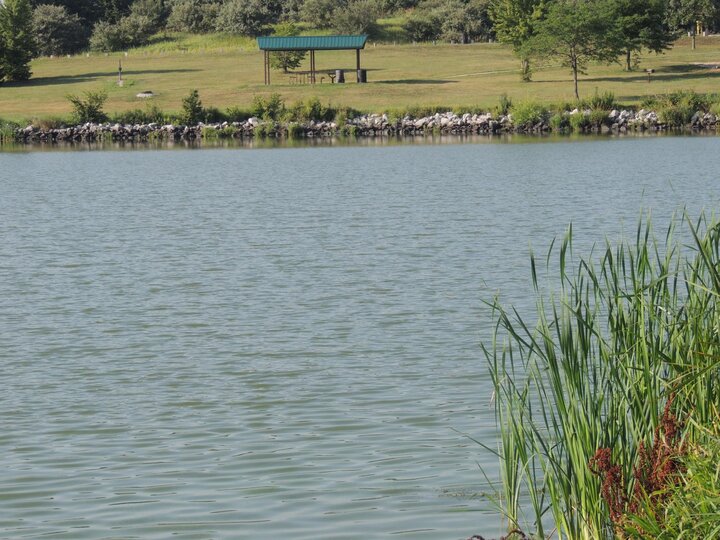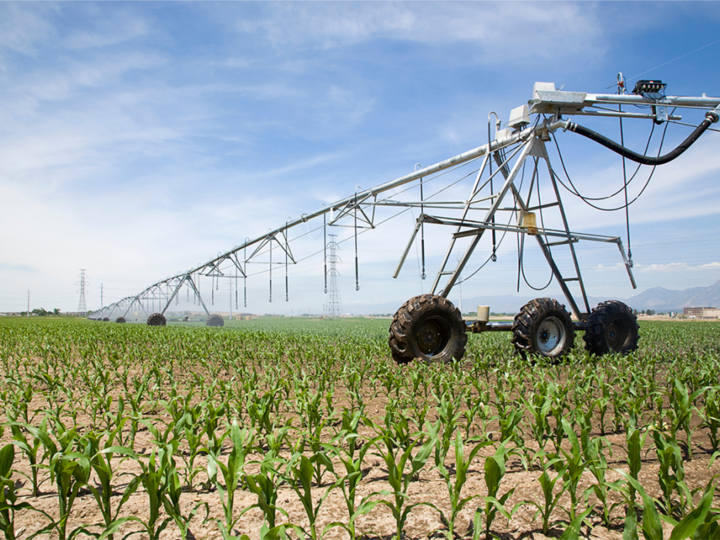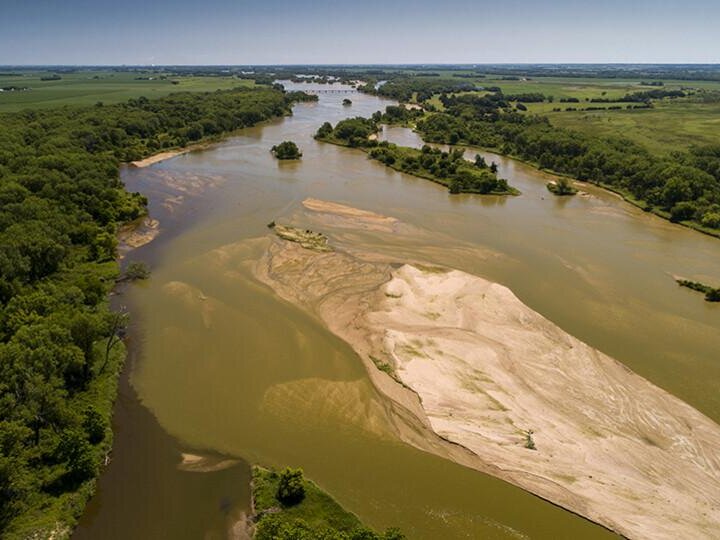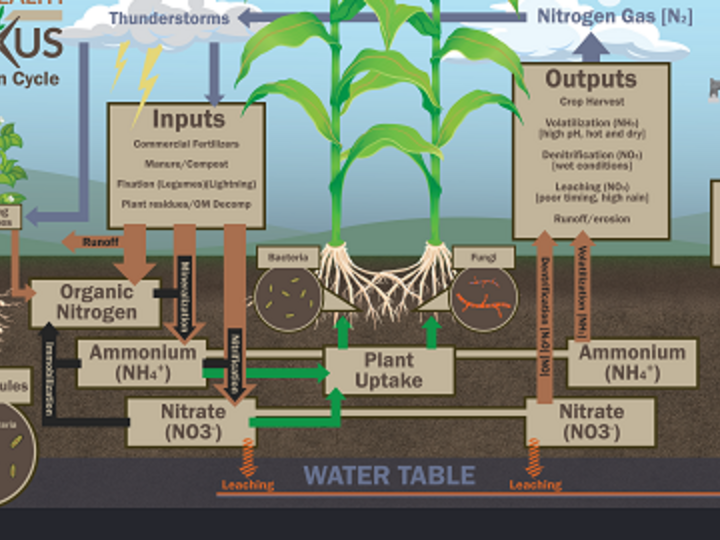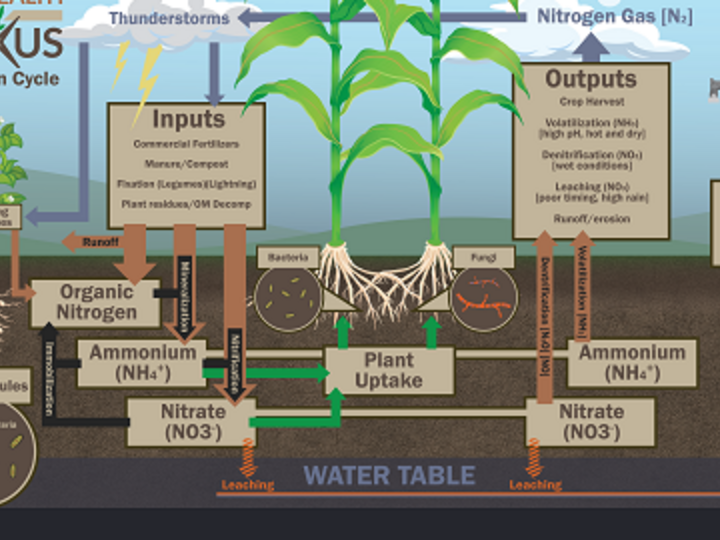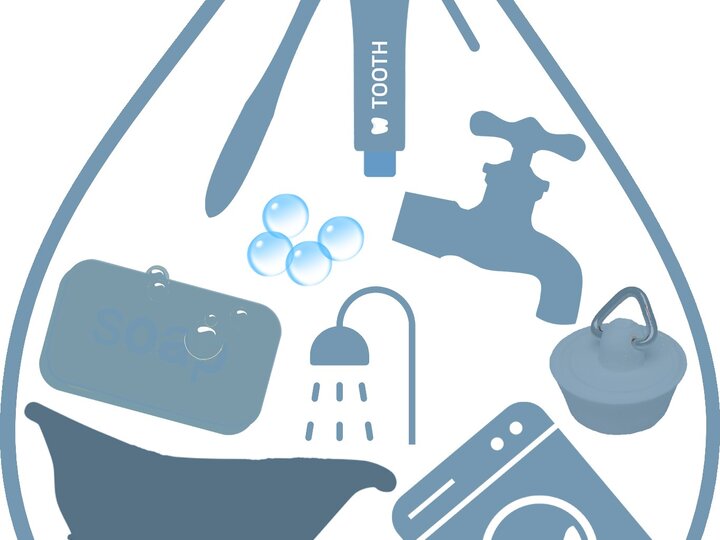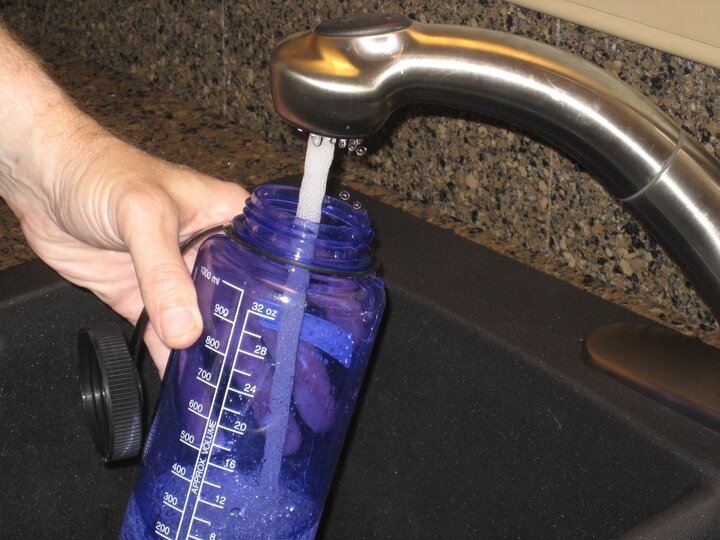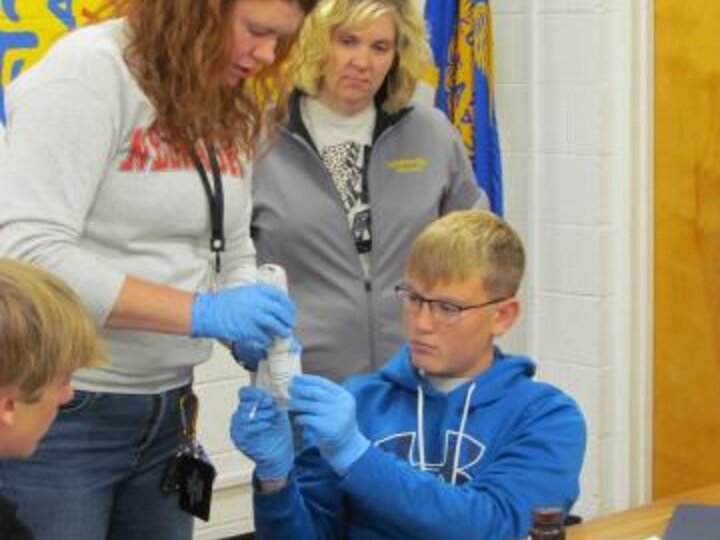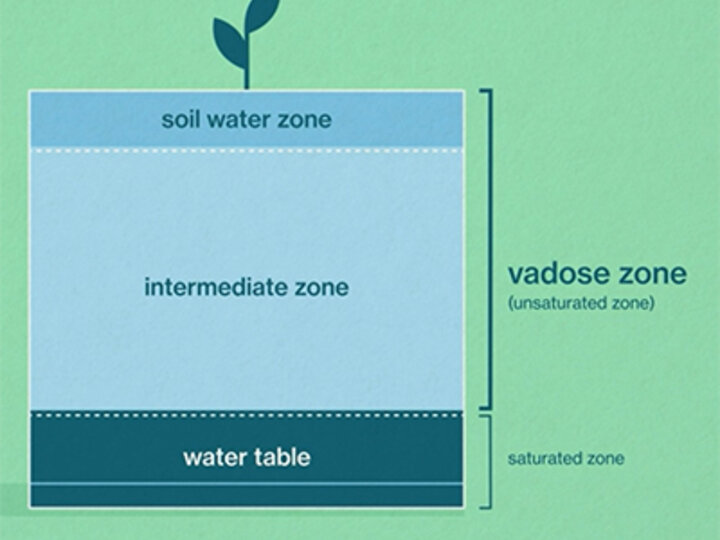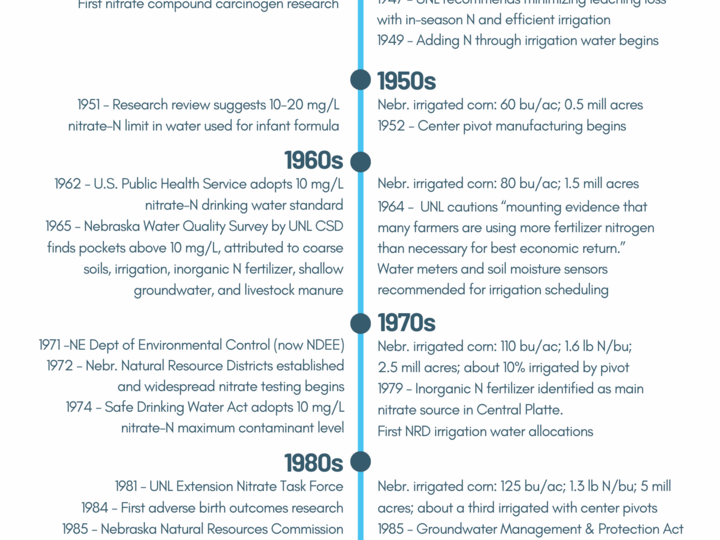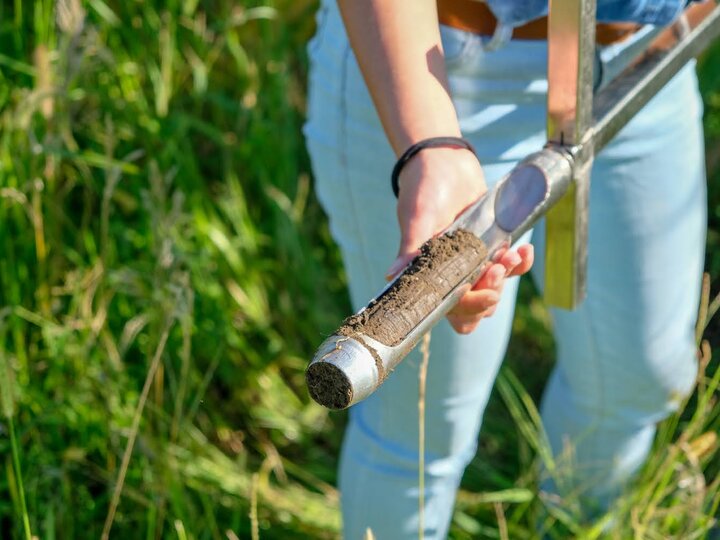Groundwater, like the High Plains Aquifer, is used to provide drinking water for many Nebraskans across the entire state. Unfortunately, groundwater is vulnerable to contamination. Human activity, such as conducting certain agricultural practices, can negatively impact the groundwater quality, therefore impacting the quality of water many Nebraskans are drinking. Drinking contaminated water is a major health risk.
Impacts: The following are the strongest linked health impacts of drinking contaminated water
- Methemoglobinemia (Blue-baby syndrome)
- Preterm birth issues
- Birth defects
- Pediatric cancers
- Adult cancers
View Water and Health Resources
